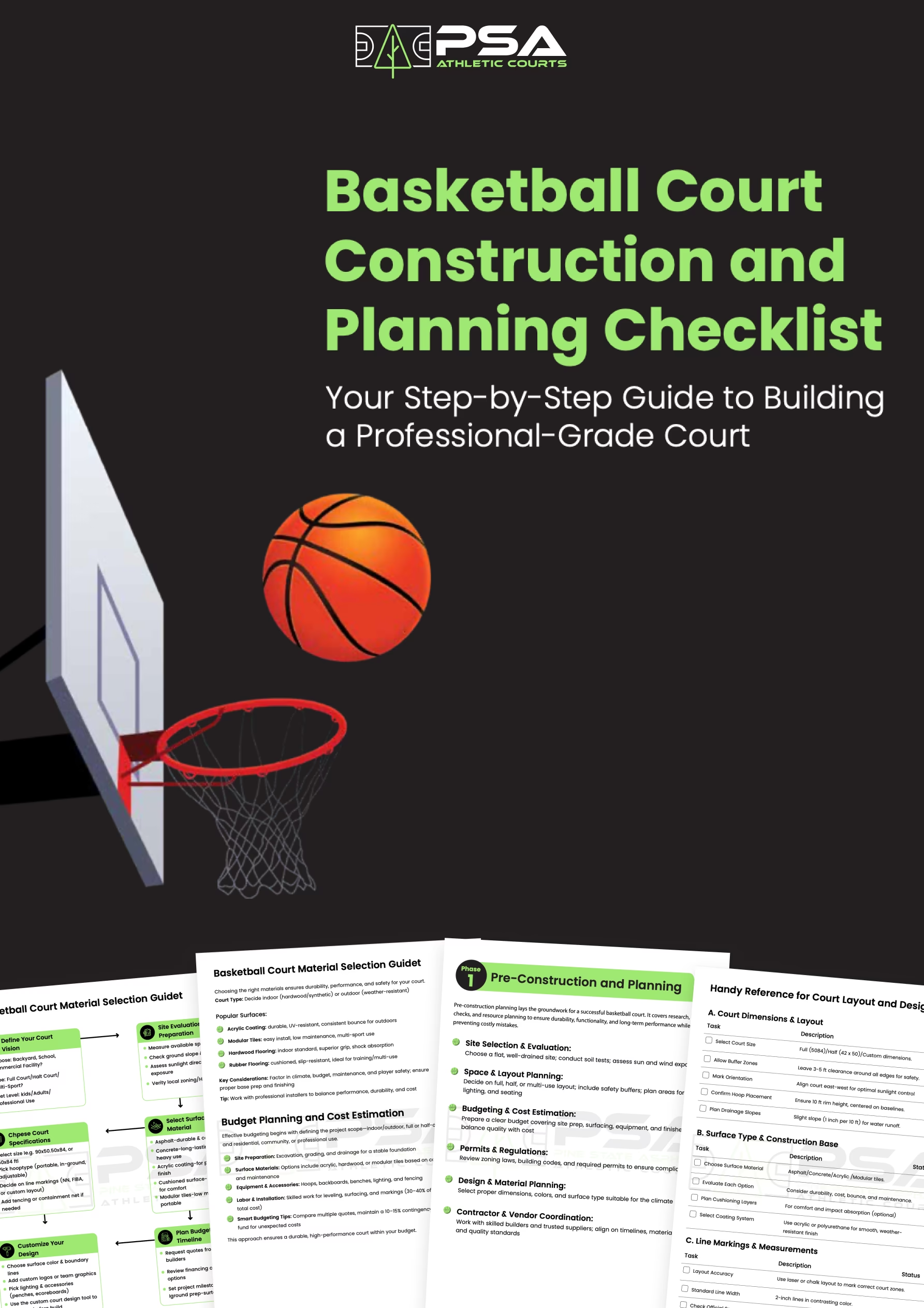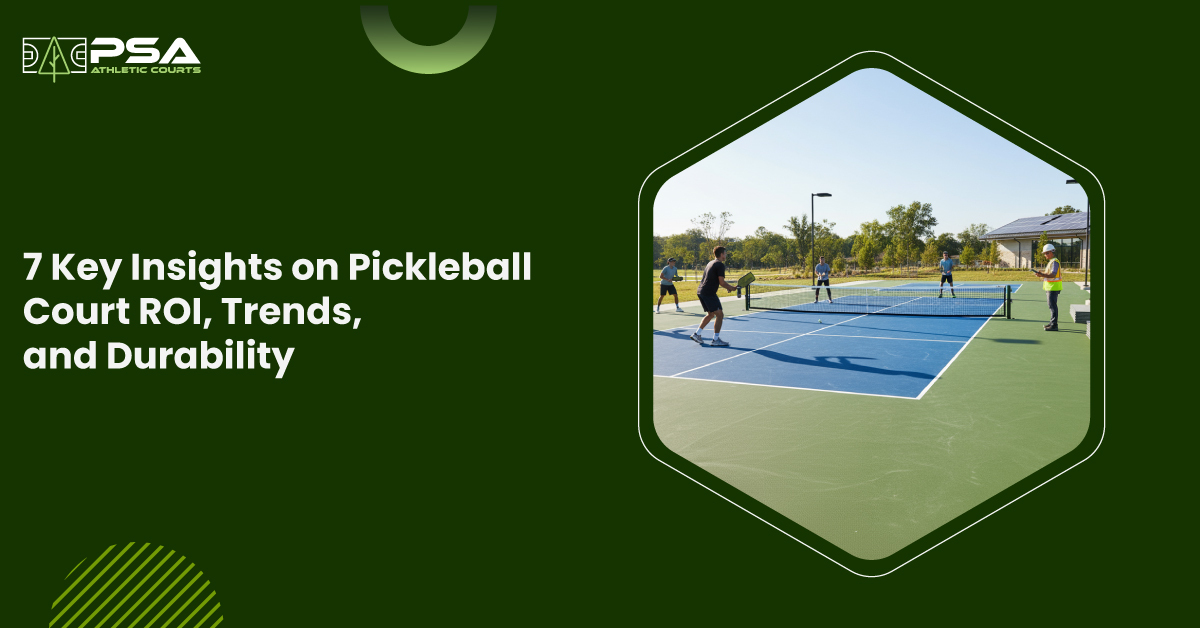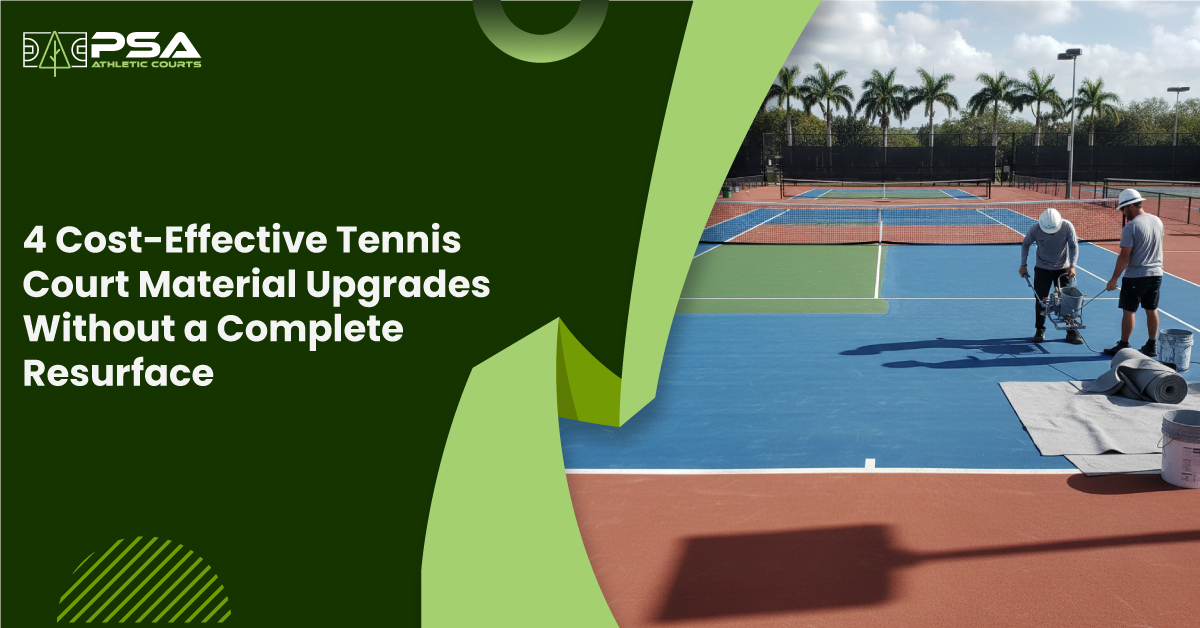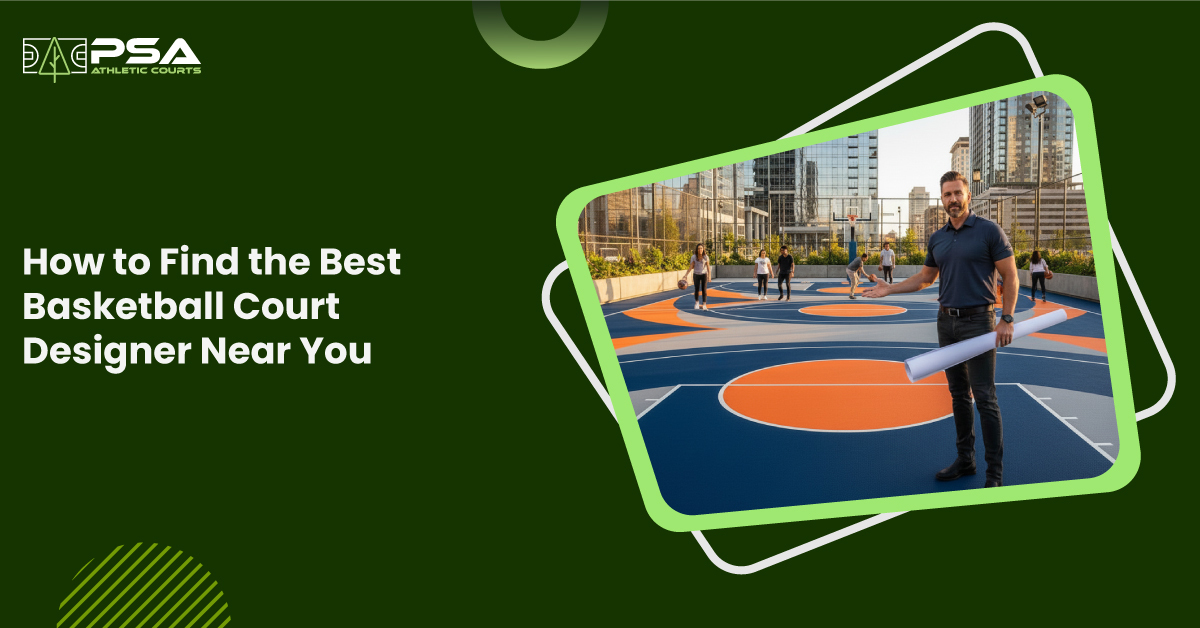The popularity of pickleball has skyrocketed across the U.S. so much so that it is now regarded as the fastest-growing sport. It is no longer a backyard pastime but a billion-dollar recreational industry. For investors, municipalities, and sports operators alike pickleball courts represent not just community engagement but present a serious business potential.
If you are considering building a pickleball facility or transforming your old tennis court into one then you have come to the right place. This guide by Pine State Courts will break down the seven essential insights on ROI, construction trends, durability, and future outlook to help you make smarter, long-term decisions.
Understanding Pickleball Court ROI
The return on investment (ROI) for pickleball courts is seeing an upward trend since the COVID-19 pandemic. It has emerged as an easy to understand yet competitive game that’s suited to players of all ages.
The ROI of a pickleball court depends on both the costs (including constructional, maintenance, and operational cost) and revenue streams (through court rental, hosting tournaments and leagues, and providing memberships).
A high ROI is thus achievable by:
- Optimizing the court’s utilization and average hourly rates.
- Offering diverse programmes to learn and compete.
- Strategically marketing the court to local pickleball communities.
- Using autonomous or hybrid operational models to reduce the staffing costs.
- Converting underused tennis or basketball courts into a pickleball court.
Current Trends in Pickleball Court Construction

Now that you have an idea of how a pickleball court can boost your property value, let’s uncover what trends are dominating the pickleball court construction:
Multi-court complexes: Large facilities are replacing single-court builds with multi-court complexes to maximize the land use and host leagues and tournaments.
Multi-athletic courts: Designing multi-athletic courts (like tennis and pickleball) in a single space allows facilities to cater to the diverse interests of the public.
Energy-efficient lighting: LED lighting is now a standard practice to extend the play hours and cut the operational costs.
Sustainable design: With the rising eco-consciousness, builders and pickleball court designers are opting for low-VOC coatings and permeable bases to meet sustainability goals.
Indoor boom: Indoor pickleball courts are on the rise with their climate-controlled, year-round play generating higher revenue per court.
These trends reflect a steady shift in the market focused on efficiency, flexibility, sustainable practices while not compromising on the playing experience.
Durability and Maintenance Insights
The right materials and construction methods make a huge difference when it comes to a pickleball court’s life span and performance. Here’s some durability and maintenance insights for you to retain your court in its best shape:
- The choice of surface matters: Acrylic over asphalt offers an easy to build, cost-effective solution, but post-tension concrete provides a superior crack resistance and longevity.
- Drainage is critical: Poor drainage can deteriorate even the best surfaces. Proper base construction is thus the key to avoid any early failures.
- Regular maintenance does pay off : Outdoor pickleball courts can last for around 5 years with routine cleaning, crack repair, and even longer with resurfacing. For indoor pickleball courts this durability can go up to 20 years with regular maintenance and resurfacing.
- Climate considerations: For outdoor pickleball courts the seasonal freeze/thaw cycles necessitate extra protection, while sunny climates demand UV-resistant coatings. The indoor courts however remain sheltered from these extreme weather conditions.
For a business to thrive, investing in durability is not just an afterthought but a necessary upfront investment. Doing this reduces maintenance costs and protects ROI in the long term. Read our guide here to learn more about pickleball court resurfacing and when’s the right time to do it.
Choosing the Right Location
Pickleball isn’t just popular in the urban areas of the U.S. but in the suburban areas too. The major drivers of this popularity is its easy to understand rules and fast rallies that make it an exciting game.
The fact that it’s played on a smaller playing field (a tennis court can easily fit three pickleball courts) also makes it suitable for players of all age groups, young children and older adults alike.
Selecting the right location is still important to ensure that your court receives footfall year-round. The key factors that you should consider to choose the right location include:
- Demographics: Build your pickleball court and target communities with high participation rates and disposable income.
- Accessibility: Ensure that your facility is accessible through all the major roads, has a parking area nearby, or a transit.
- Zoning and regulations: Don’t forget to check the local noise and lighting regulations to ensure your facilities remain open well into the evening.
- Future expansion: You can start small but do leave room for additional courts or amenities to expand down the line.
Your facility’s smart location and planning can very well be the difference between a packed facility and one that struggles to attract players.
Cost vs. Quality: Finding the Balance
Cost vs. Quality is that one constant dilemma that court owners struggle with. Although investing too much may be hard for a small facility, building cheap isn’t always the smartest option.
It is therefore important to weigh down the lifecycle cost and not just the upfront cost of building the court. By investing in the right materials in the beginning you can save up on the maintenance costs later. At Pine State Courts, we make sure you get the best materials to build a professional-grade court with a long life and impressive play.
Here are a few tips by our experts to help you with your decision:
- Low-bid projects often have drainage issues, are of sub-base quality, or have a bad surface prep, all of which lead to costly repairs later.
- Use a tiered material strategy with “good, better, best” tiers. For instance, start with a standard asphalt + acrylic court for general use, add a premium cushioned or post-tension concrete to create premium zones, or build one with modular tiles in high-traffic play zones.
- Use a phased build approach if you have a tight budget. Begin with basic courts and upgrade surfaces or amenities over time. You can also convert an existing court or resurface it to test demand before building out the entire land.
Future Outlook for Pickleball Courts
With the black diamonds pickleball center expected to open in 2025 (the first-ever home base for a professional pickleball team) and the Pickleball Club of Georgia (set to be the largest indoor pickleball complex in the U.S.), it is quite clear that the pickleball industry is expanding at a rapid pace. It will continue to grow, more so in the next five years.
Here are a few future outlooks for pickleball as per the FRANdata’s white paper on pickleball industry:
- Multi-athletic courts along with the multi-court complexes are on the rise.
- Amongst the different business models, franchise and entertainment-driven facility models are expanding rapidly. These combine courts with dining and social experiences, creating a space for everyone.
- Adoption of technology like automated booking, smart lighting, and analytics is also becoming a differentiator for the ROI between a fully-staffed and an autonomous facility.
- Sustainable building practices will also be increasingly favored by communities and investors alike.
- International expansion by franchising and nontraditional venues like resorts and hotels are also emerging opportunities for pickleball courts.
All these indicate pickleball isn't just a passing trend, it’s a long-term infrastructure play that is here to stay.
Takeaway
With the analysis of the rapid expansion of the pickleball market, one thing is certain, investing in pickleball courts requires more than just picking a surface and painting lines. The pickleball court ROI depends on creating a diversified revenue model, utilizing smart construction choices (for durability and performance), thoughtful site selection, and balancing cost with long-term value, along with staying ahead of the market and tech trends.
Whether you own a sports facility or are a private developer, a strategic approach can help you maximize ROI while building a strong community engagement. At Pine State Courts, we can help you design a pickleball court that’s tailored to your space, and is ready to scale as you grow.
Frequently Asked Questions
1. What is the 25% rule in pickleball?
The 25% rule in pickleball is used to determine whether a ball is “in” or “out” during replays of professional matches. This rule dictates that if less than 75% of the ball is outside the line then it is considered an “in” as more than 25% of the ball either hovers over or touches the line.
2. Is pickleball growing or declining?
Pickleball is growing at a rapid pace across the U.S. and is also entitled as the fastest growing sport in the country.
3. What is the best flooring for pickleball?
The best flooring for pickleball is an acrylic-coated asphalt as it provides great traction, durability, and an impressive playing surface. While other options like hardwood are suited to indoor courts.
4. How much does it cost to resurface a pickleball court per square foot?
The cost to resurface a pickleball court per square foot depends on the type of surface. It ranges from $0.55 to $12.50, with an acrylic surfacing costing between $0.55 to $1.50 and modular tiles costing between $5.0 to $12.0.
DOWNLOAD OuR
FREE GUIDE
Ready to build your dream court?
Download our FREE Basketball Court Construction & Planning Checklist and get the step-by-step roadmap to building a professional-grade court—from budget planning to final touches.
No guesswork, just results.
